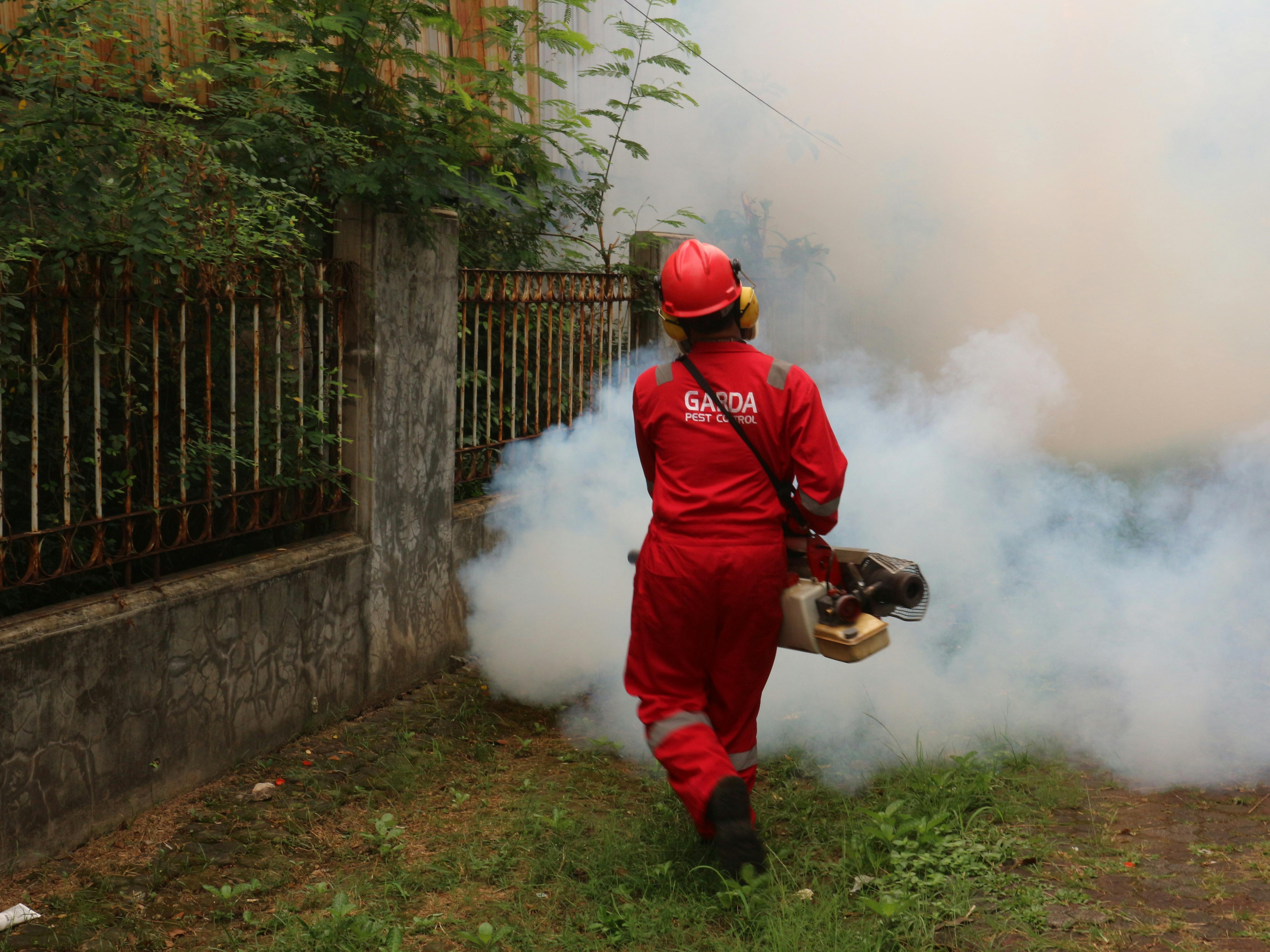Who Is Responsible for Repairs in a Rental Property?

One of the most common sources of tension between landlords and tenants is the question of who is responsible for repairs in a rental property. While both parties have obligations under the lease and applicable laws, understanding the scope of those responsibilities can help prevent disputes and ensure a smooth tenancy. Here's a breakdown of repair responsibilities in rental properties for both tenants and landlords.
1. Landlord’s Responsibilities

In most rental agreements, the landlord is primarily responsible for maintaining the property in a habitable and safe condition. This obligation typically includes making repairs that impact the health and safety of the tenant or the functionality of the property.
Structural Repairs: Landlords are usually responsible for major structural repairs. This includes the roof, walls, foundation, and exterior of the building. Any significant damage to these areas, such as a leaking roof or cracked foundation, falls on the landlord to fix.
Plumbing, Electrical, and Heating Systems: Key systems like plumbing, electrical wiring, and heating must be kept in good working order. If the plumbing fails, the electricity malfunctions, or the heating system breaks down, the landlord must repair or replace these systems. Local building and health codes often require these systems to meet specific safety standards, and failure to comply can result in fines or penalties for the landlord.
Pest Control: Landlords are typically responsible for dealing with infestations, such as rodents, insects, or other pests, particularly if they are the result of the building’s condition (e.g., a broken window allowing pests to enter).
Common Areas: In multi-unit buildings, landlords are responsible for maintaining common areas like hallways, stairwells, and parking areas. These spaces must be kept clean, safe, and in good repair to comply with local laws.
Compliance with Housing Codes: Landlords must ensure the rental property complies with local building and health codes. For instance, there must be adequate ventilation, lighting, and security (like functioning locks on doors and windows). If a violation occurs, the landlord must make the necessary repairs to bring the property back into compliance.
Read more: Damage to Your Rental Property: What Are the Landlord’s Rights?
2. Tenant’s Responsibilities

While landlords are responsible for major repairs, tenants also have obligations to keep the property in good condition during their tenancy.
Routine Maintenance: Tenants are responsible for everyday maintenance, such as changing light bulbs, cleaning, and yard work (if stipulated in the lease). Keeping the property clean and sanitary can prevent more significant issues, such as mold or pest infestations.
Minor Repairs: In many cases, tenants are expected to handle minor repairs, such as fixing a clogged sink or replacing a showerhead. However, the specific duties should be outlined in the lease to avoid confusion.
Reporting Major Problems: Tenants are obligated to promptly report major issues to the landlord. If there’s a leaky pipe or malfunctioning appliance, the tenant should notify the landlord right away. Failure to report issues could result in the tenant being held partially responsible if the problem worsens due to neglect.
Damage Caused by Tenants: Tenants are responsible for repairing or paying for damage they cause. For example, if a tenant breaks a window or damages a door, they must either fix it or cover the cost of repair. The same applies to any damage caused by guests or pets.
3. Who Pays for Repairs?
Wear and Tear vs. Damage: A key distinction in repair responsibility is the difference between normal wear and tear and damage caused by tenant negligence. Landlords must cover repairs due to wear and tear, such as worn-out carpets or aging appliances. However, if the tenant causes damage—whether intentional or accidental—the cost of repairs is usually their responsibility.
Emergency Repairs: In case of an emergency, such as a burst pipe, tenants may need to arrange for repairs if the landlord is unavailable. In these situations, tenants should keep receipts and document the issue to request reimbursement from the landlord.
Discover: 5 Common Causes of Landlord-Tenant Disputes
Conclusion
In a rental property, the landlord and tenant both share the responsibility for repairs, though the extent of each party's obligations varies. Landlords are responsible for structural repairs, essential systems, and maintaining compliance with housing laws, while tenants must take care of minor repairs, routine maintenance, and damage caused by negligence. To avoid misunderstandings, both parties should clearly outline their responsibilities in the lease agreement, and tenants should promptly report any issues to ensure the property remains in good condition.
For legal help in California and your other needs, contact BERYS LAW on this page. We also offer courses on real estate investing, landlording, and templates right here!
Stay connected with news and updates!
Join our mailing list to receive the latest news and updates from our team.
Don't worry, your information will not be shared.